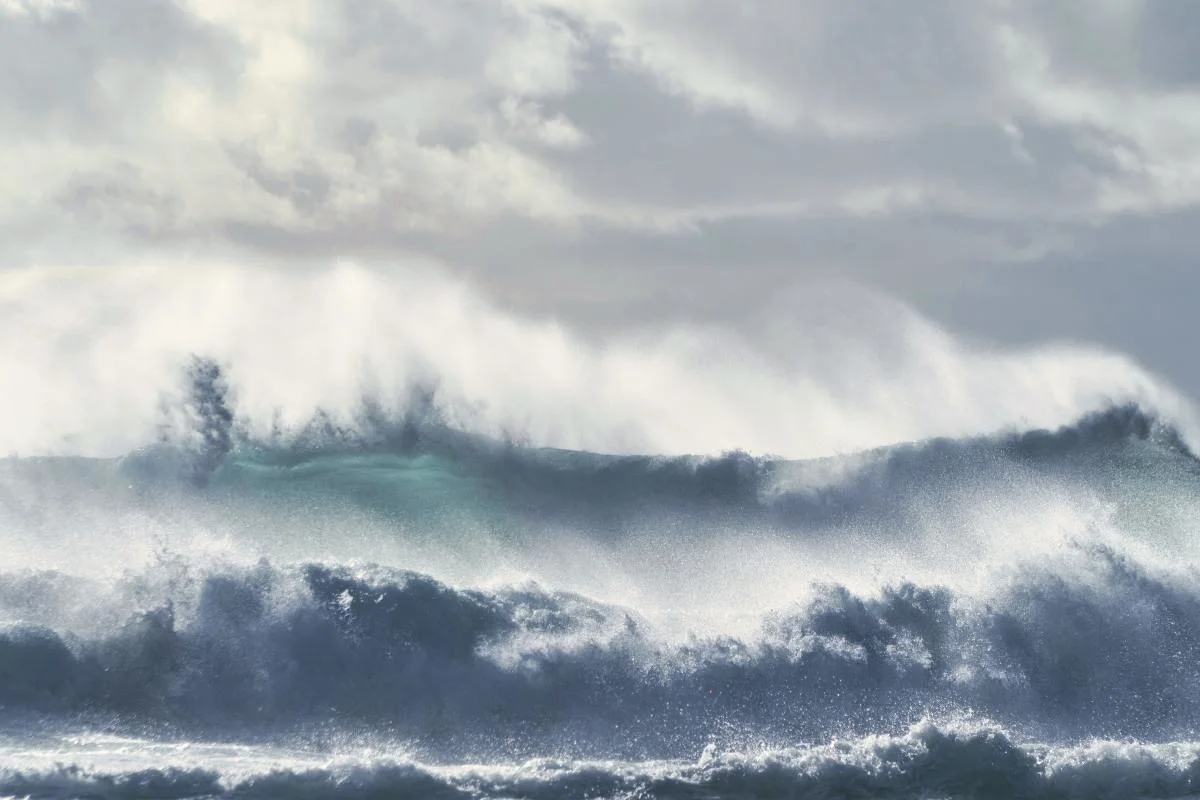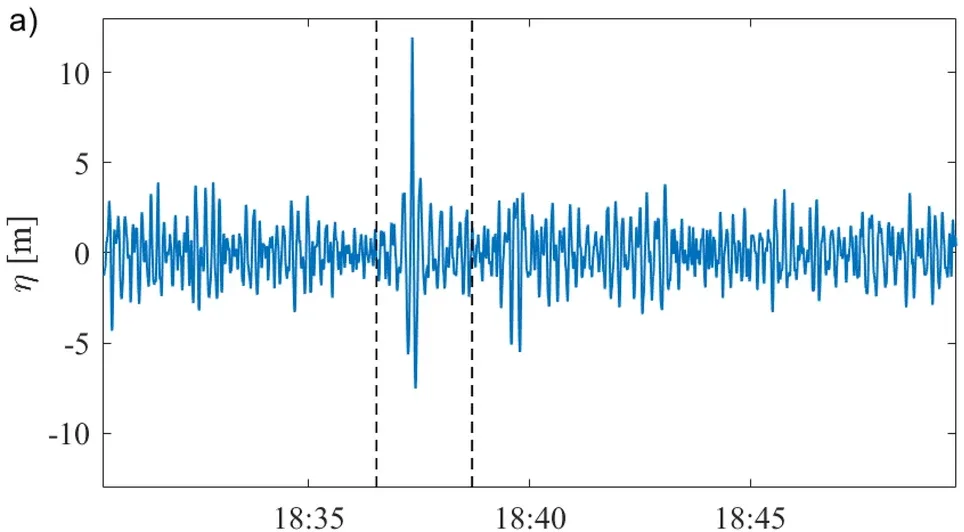
A historic rogue wave off the B.C. coast towered nearly as tall as a jumbo jet
A new study confirms a towering wave that grew off the coast of Vancouver Island back in November 2020 was the most extreme rogue wave ever recorded.
The waters off British Columbia produced the most extreme rogue wave ever recorded, according to a study conducted by experts at the University of Victoria in B.C.
Rogue waves are sudden waves that grow disproportionately taller than the other waves around them.
A rogue wave off the coast of Vancouver Island splashed its way into the record books in November 2020 when it grew almost three times the height of the waves around it.
SIZING UP B.C.’S RECORD-BREAKING ROGUE WAVE
The study, recently published in Scientific Reports, confirmed the authenticity of the data.
A MarineLabs Data Systems buoy deployed a few kilometres off the coast of Ucluelet, B.C., measured the wave on November 17, 2020. Conditions that morning saw average wave heights of about 6 m sweeping across the buoy’s location.
Between those waves, and with no buildup beforehand, the buoy recorded a sudden 17.6 m rogue wave shortly before noon local time. After the rogue wave passed, the waves returned to their choppy but unassuming state.

A graph showing the rogue wave off the coast of Ucluelet, B.C., on November 17, 2020. [Courtesy: Johannes Gemmrich & Leah Cicon, Scientific Reports, (CC BY 4.0)]
“The probability of such an event occurring is once in 1,300 years,” said Dr. Johannes Gemmrich in a press release announcing the study. Gemmrich studied the unique event with Leah Cicon at the University of Victoria.
For some perspective on the immensity of this record-breaking rogue wave, the researchers say it measured as tall as a four-storey building. The 17.6 m wave also came close to the height of a new Boeing 747, which measures 19.4 m from the ground to the top of the tail fin.
ROGUE WAVES WERE THOUGHT TO BE MYTHICAL UNTIL RECENTLY
Rogue waves are so rare—and documented cases that much rarer—that scientists believed the phenomenon was merely mythical until recently, according to NOAA’s National Ocean Service.
Before 1995, rogue waves were only known in stories told by mariners and lighthouse keepers of monstrous waves overtaking them without warning.
A rogue wave in the North Sea on January 1, 1995, however, struck the Draupner natural gas platform off the coast of Norway. This chance encounter confirmed their existence and kickstarted scientific research into rogue waves’ formation and frequency.
While scientists are still working to understand precisely how, where, and why rogue waves form in different waters and conditions, there are a few basic principles that explain them. One method is constructive interference, according to the National Ocean Service, which occurs when waves passing through one another at just the right moment can add up and create one large rogue wave.
WATCH: VISUALIZE HURRICANE DORIAN’S 100-FOOT WAVE
Another way rogue waves can form is through collisions, where waves crashing into one another can amplify into one large wave. We often see this process play out in and near major storms like hurricanes and nor’easters.
Buoys recorded monstrous waves during 2004’s Hurricane Ivan, which rose to an astounding height of more than 28 m, and also as Hurricane Dorian’s remnants passed by Newfoundland in 2019. The storm produced a towering wave more than 30 m tall near Port aux Basques.
The study of the historic B.C. rogue wave in 2020, as well as other waves measured around the world, will help scientists build better models to understand and predict these dangerous waves in the future, keeping personal and commercial vessels safe while out at sea.
Thumbnail by Axel Antas-Bergkvist courtesy of Unsplash











